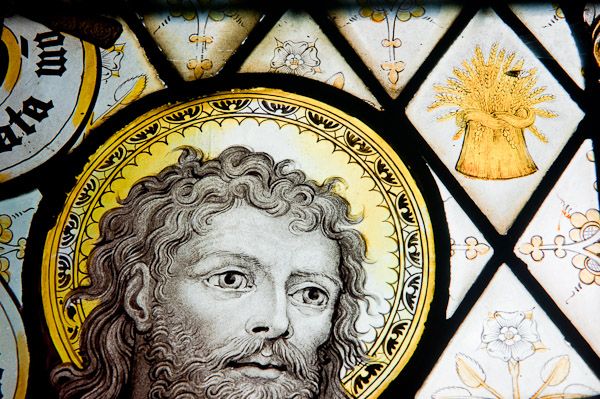Illustrated Dictionary of British Churches - Kempe Window Definition
History and Architecture
- Aisle
- Altar
- Ambulatory
- Angel Roof
- Apophyge
- Apse
- Arcade
- Arch
- Archivolt
- Base
- Battlement
- Bay
- Belfry
- Bell Tower
- Bellcote
- Bench End
- Board Bell Turret
- Body
- Boss
- Box pew
- Bracket
- Broach Spire
- Buttress
- Canopy
- Capital
- Cartouche
- Chancel
- Chancel Arch
- Chancel Screen
- Chantry
- Chapel
- Chapter House
- Choir
- Clerestory
- Cloister
- Communion Rail
- Compound Column
- Consecration Cross
- Corbel Head
- Crossing
- Crypt
- Early English
- Easter Sepulchre
- Effigy
- Fan Vaulting
- Font
- Font cover
- Funerary Helm
- Gallery
- Gargoyle
- Gothic
- Green Man
- Grotesque
- Hatchment
- Herringbone
- Hogback Tomb
- Holy Water Stoup
- Hunky Punk
- Jesse Window
- Kempe Window
- Lady Chapel
- Lancet
- Lectern
- Lierne
- Lych Gate
- Misericord
- Monumental Brass
- Mullion
- Nave
- Ogee
- Organ
- Parclose Screen
- Parish Chest
- Pendant
- Perpendicular Gothic
- Pew
- Pinnacle
- Piscina
- Poor Box
- Poppy Head
- Porch
- Priest's Door
- Pulpit
- Purbeck Marble
- Quire
- Rebus
- Reliquary
- Reredos
- Retable
- Romanesque
- Rood
- Rood Loft
- Rood screen
- Rood Stair
- Rose Window
- Round Tower
- Sanctuary
- Sanctuary Knocker
- Saxon Period
- Scratch Dial
- Sedilia
- Spire
- Statue Niche
- Stoup
- Tomb Recess
- Tracery
- Transept
- Triforium
- Tympanum
- Undercroft
- Vaulting
- Victorian Gothic
- Wall Monument
- Wall Painting
- Wheel Window
Kempe Window
A stained glass window made by the firm of Kempe, probably the most famous and artistically influentia stained-glass manufacturing company of the Victorian period. The firm was founded by Charles Eamer Kempe (1838-1907), a native of Ovingdean Hall near Brighton. Kempe initially wanted be a priest, but a bad stutter convinced him to express his religious convictions through the artistic medium of stained glass. At first he simply designed the windows, but by 1869 he had become disatisfied with the quality of the glass made for him, and decided to found his own company to both design and manufacture stained glass for churches; the Kempe Studio, which quickly gained a reputation for producing superlative work in a style which was copied throughout the late Victorian period.
So prolific was the Kempe Studio that it has been said that there is scarce any place in Britain further than 30 miles from a church with work by Kempe. Kempe windows usually displayed the company trademark - a sheaf of wheat - somewhere in the stained glass pattern. Kempe's legacy is remembered by the Kempe Society, formed in his name in 1984.



